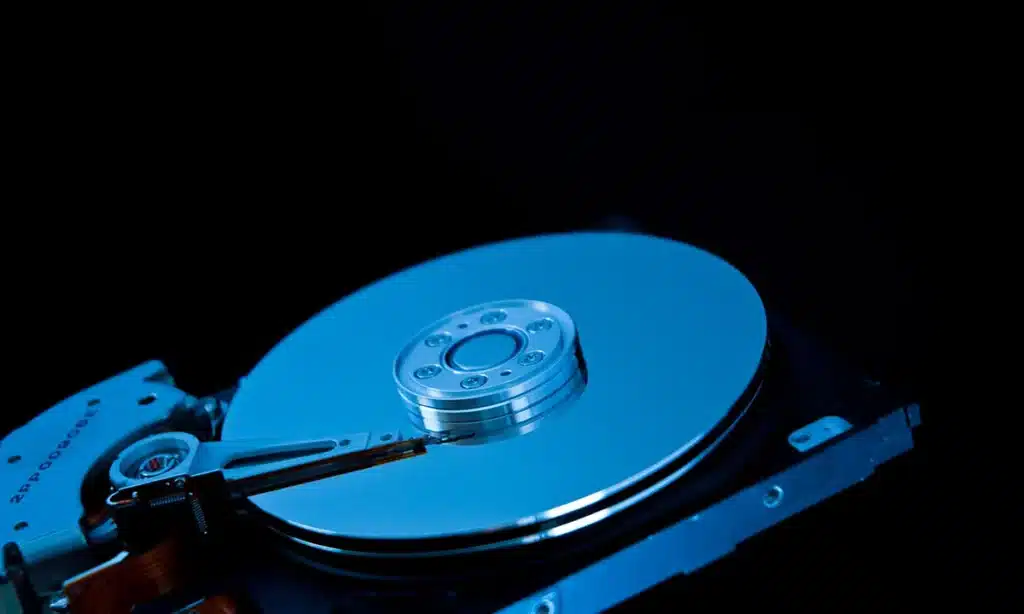In the ever-evolving landscape of technology, computer storage plays a pivotal role in storing and accessing vast amounts of data. From the early days of punch cards to the compact and lightning-fast solid-state drives (SSDs) of today, computer storage has come a long way. In this techy exploration, we delve into the fascinating world of computer storage, tracing its evolution and the marvels that have shaped our digital lives.
The Beginning of Storage
At the dawn of computing, magnetic tape emerged as one of the earliest forms of computer storage. Introduced in the 1950s, magnetic tape offered a sequential storage medium where data was stored and retrieved by sequentially reading or writing data on magnetic tape reels. While it provided a significant leap in data storage capacity, magnetic tape had limitations in terms of access speed and random data retrieval.
In the 1960s, hard disk drives (HDDs) made their debut, revolutionizing computer storage. HDDs introduced the concept of rotating platters coated with magnetic material, allowing data to be read and written by moving read/write heads. HDDs offered faster access times and random data retrieval, making them a game-changer for the computer industry. Over the years, HDDs continued to evolve, increasing storage capacity and improving performance.
The introduction of flash memory in the 1980s marked a significant milestone in computer storage. Unlike traditional magnetic storage, flash memory was based on solid-state technology, utilizing electrically erasable programmable read-only memory (EEPROM) cells to store data. Flash memory offered several advantages, including faster access times, shock resistance, and lower power consumption. This led to the development of various flash-based storage devices, such as USB flash drives and solid-state drives (SSDs), which have become ubiquitous in modern computing.
The 1980s and 1990s witnessed the rise of optical storage, which utilized laser technology to read and write data on optical discs. Compact Discs (CDs) and Digital Versatile Discs (DVDs) provided a convenient and portable means of storing and distributing data, music, and video. In the early 2000s, Blu-ray discs emerged, offering higher storage capacities and enabling high-definition content.
The Age of Remote Data
In recent years, cloud storage has emerged as a popular and convenient storage solution. Cloud storage permits users to store and access their data remotely over the internet. This technology offers numerous benefits, including scalability, data redundancy, and easy collaboration. Cloud storage services, such as Microsoft OneDrive, Dropbox, and Google Drive, have become integral parts of our digital lives, providing seamless access to our files across devices.
As technology continues to evolve, the future of computer storage holds exciting possibilities. One promising technology on the horizon is quantum storage, which leverages the principles of quantum mechanics to store and process data. Quantum storage has the potential to revolutionize computing by offering unprecedented storage capacities and blazing-fast speeds. While still in its early stages, quantum storage represents a fascinating direction for the future of computer storage.
The evolution of computer storage has been a remarkable journey, from the early days of magnetic tape to the era of solid-state drives and cloud storage. Each technological breakthrough has brought about significant advancements, increasing storage capacity, improving performance, and transforming the way we store and access data.
As we continue to push the boundaries of technology, the future of computer storage holds even greater marvels, promising faster speeds, higher capacities, and groundbreaking innovations. As we look back at the memory marvels that have shaped our digital world, we eagerly anticipate the next chapter in the ongoing evolution of computer storage.



